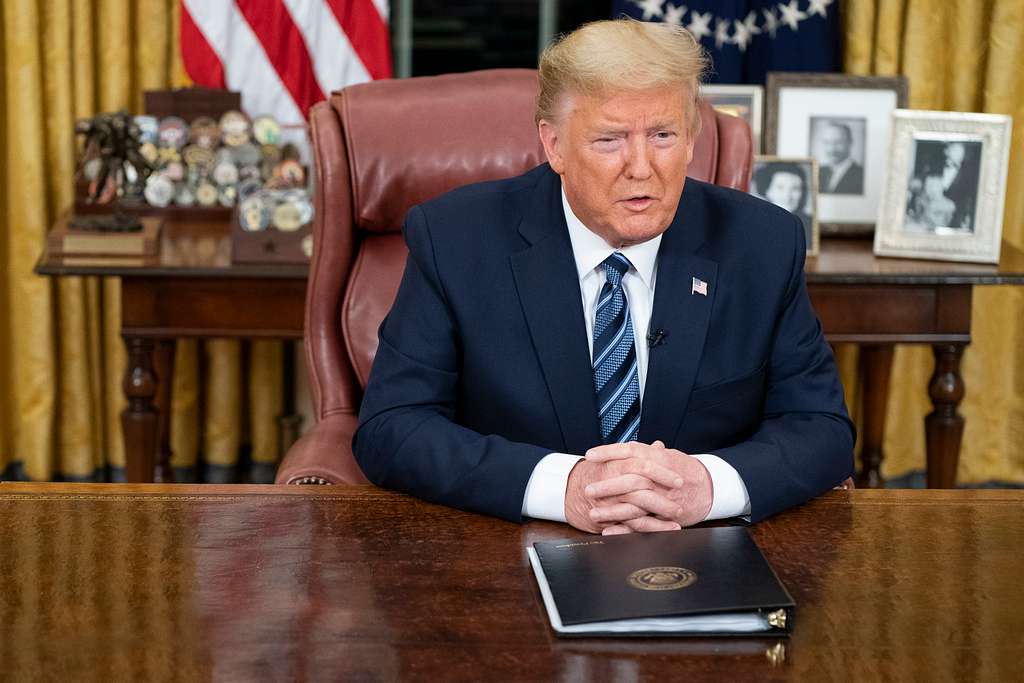What does the unemployment picture mean for precious metals?
The long-awaited September jobs report was released this morning. The report was better than expected, with the economy adding 103,000 jobs last month. Economists were only expecting around 60,000 total new nonfarm jobs. Although the economy added 103,000 jobs last month (45,000 came from returning Verizon strikers), the unemployment rate remains unchanged for the third consecutive month at 9.1%.
While many are viewing the new jobs report as hope to a recovery, others are not so easily convinced. Peter Morici, economist at the University of Maryland explained, “The September performance is more of a dead cat bounce than real progress. Jobs creation will remain inadequate to keep unemployment from falling in the months ahead, especially considering the mass layoffs recently announced in banking and pharmaceuticals that will be effected in the months ahead.” Last month, announced firings jumped 212% to 115,730, which is the largest increase since January. Over the next few years, Bank of America plans to layoff 30,000 employees. The employment picture is certainly weak, and is anything but a recovery. Zero Hedge reports that in order for the US to return to the unemployment rate of December 2007 by the end of President Obama’s potential second term in November 2016, the economy needs to add 261,200 jobs every month for the next five years.
Hot Feature: Are Gold and Silver at Bargain Prices Again?
The unemployment picture is an important issue for gold and silver investors to monitor. The unemployment rate paves the way for more stimulus from the Federal Reserve, which is bullish for precious metals. Last week, Fed Chairman Ben Bernanke gave a speech in Cleveland where he called the unemployment picture a “national crisis.” Many precious metal investors were expecting Bernanke to announce another QE program last month, but instead he announced Operation Twist. Gold and silver plunged as the markets panicked. Perhaps Bernanke is waiting for better inflation conditions before announcing QE3? Monetary policy has two main goals: to promote maximum sustainable output and employment, and to also promote stable prices. Both goals are clearly failing, but one is improving in the eyes of the central bank. On Tuesday, in his testimony to Congress, Bernanke noted that the economy is weak and inflation is moderating. The recent pullback in commodity prices (including gold and silver) provide a better environment for QE3.
Since the beginning of QE1 in late 2008, gold has doubled from $800 to $1600, while silver has tripled from $10 to $30. Earlier this year, gold reached a new nominal high of $1900, while silver touched a multi-decade nominal high of $49. Another QE program to stimulate the economy in an attempt to improve the unemployment picture could easily send gold and silver prices back to these highs. How likely is Bernanke to provide more quantitative easing to the ailing economy? The most telling hint comes from a statement Bernanke made to Congress this week. He said The Fed “will continue to closely monitor economic developments and is prepared to take further action as appropriate to promote a stronger economic recovery in a context of price stability.” Bernanke is ready to take action, the question is not if he will, but when?
More News
{{ commodity.name }}
{{ post.title }}
{{ post.date }}

Comments
jamesont
If 45,000 jobs came from Verizon strikers, then these jobs were not “added” to the economy; they were already there. This is just another example of statistics not painting the true picture.